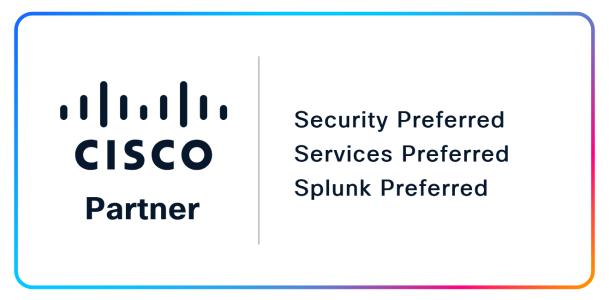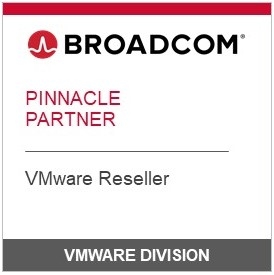Hyper-converged infrastructure (HCI)
Simplified architecture for server and storage
Many businesses still use traditional IT infrastructure. As a result, they are constantly having to make major adjustments whenever they need to switch a component out of the architecture. This becomes particularly noticeable when companies try to move towards agile IT. The challenge becomes greater when the equipment providers, and therefore the API interfaces used, change along with the change in architecture. Expensive and time-consuming processes are often unavoidable. Hyper-converged infrastructure (HCI) can provide aid here.
Why hyper-convergence?
In a hyper-converged system, the utilized memory is provided in the compute servers. The infrastructure is designed in such a way that allows the integration of further storage disks within the systems, thus providing a cost-effective way of expanding storage capacity when necessary. It also offers customers the additional advantage of flexible scalability. Whereas in the past it was necessary to estimate resource requirements across a long period of time, a HCI makes it possible to activate or deactivate resources precisely according to your needs. This means you only retain the capacities that you actually require.
Data security and redundancies
A further advantage of HCI is that unlike a traditional storage system, it is not necessary to define the redundancy of the virtual memory systems in advance via RAID groups. Instead, this can be set to run dynamically for virtual machines during the run time using policies. This makes it possible to run a test system with low redundancy on the same LUN as a productive system with high redundancy, for example. The configuration is made using software. In addition, hyper-converged systems offer the same level of protection against data loss as traditional storage systems.
Automation and interfaces
The interfaces provided by a HCI system producer are predefined. This makes them highly flexible and grants the ability to change the server hardware provider if necessary, for example, without having to make any changes to the automation. Of course, this is only the case as long as the user does not change the HCI provider as well. Customers can therefore introduce comprehensive automation without having to plan complex adjustments later on.
Any Questions?
If you would like to know more about this subject, I am happy to assist you.
Contact us





